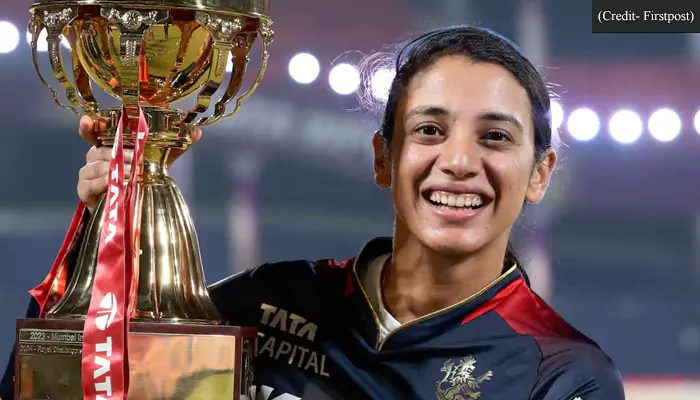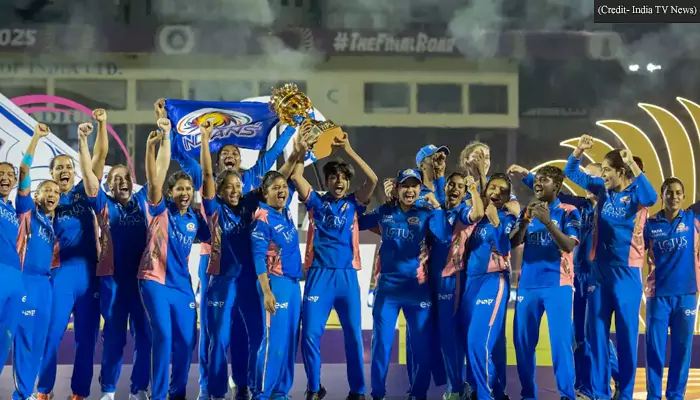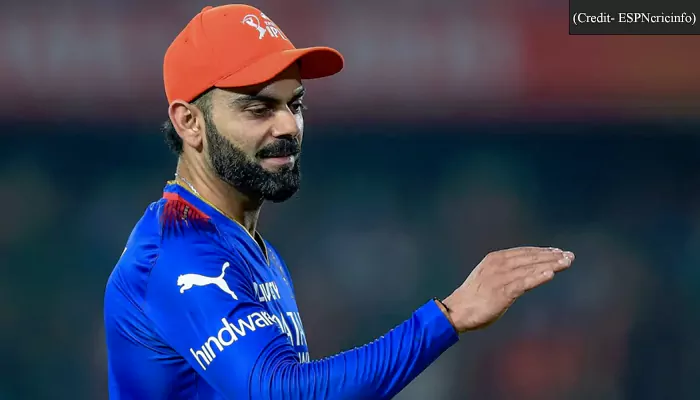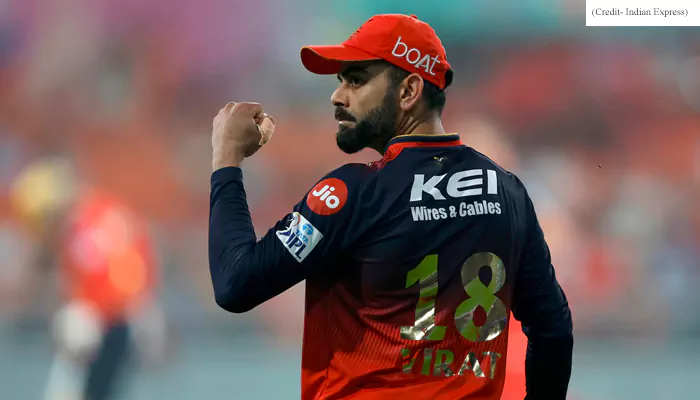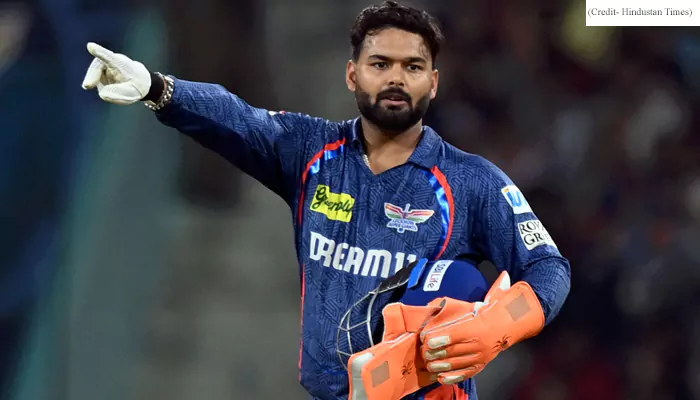
Will the game’s longest format embrace change or face resistance?
A quiet but fascinating discussion is going on in the cricketing world's hallways. The International Cricket Council (ICC) and cricket's powerhouses India, Australia, and England may soon rewrite the script for Test cricket. What's the buzz? A two-tier structure is intended to reimagine the format and make it more competitive, exciting, and relevant.
But what does this idea actually entail? Will it improve the gentleman's game or throw a curveball to the smaller nations? Let's get into the details.
A tug of traditions and innovations
Test cricket has been regarded as the pinnacle of talent, patience, and strategy for years. However, it is no secret that the format has faced severe competition from the glitz and glamour of shorter formats. Initially proposed in 2016, the two-tier concept is considered a possible option.
Consider this: a top division with the strongest teams—India, Australia, England, New Zealand, Pakistan, South Africa, and Sri Lanka—facing off in high-octane matches. Below them is a second level where the rest of the cricketing world competes for a chance at promotion. The goal is simple: make every game essential and ensure that the best compete against the best more frequently.
However, building such a system is far from simple.
A potential 2-tier Test cricket structure is under consideration, and ICC chairman Jay Shah leading the charge! pic.twitter.com/ppHSXQ9Yfv
— Kashif (@cricstate) January 6, 2025
The power play at the ICC table
Behind closed doors, the ICC is apparently preparing for a critical meeting. ICC Chairman Jay Shah will meet with Cricket Australia Chair Mike Baird and ECB Chair Richard Thompson to determine the specifics. The discussions, however, are still in their early stages, with no revisions likely until the existing Future Tours Programme (FTP) ends in 2027.
The stakes are tremendous, as are the possible profits. Proponents claim that this system has the potential to revitalise Test cricket, attracting spectators who want to see top matches. On the other hand, critics think it would exacerbate the disparity between cricket's haves and have-nots.
The future of Test cricket could see a significant restructuring, with discussions underway about creating a two-tier system 🏏#ICC #JayShah #CricketAustralia #ECB #BCCI #CricketTwitter pic.twitter.com/veuE7cZdF5
— InsideSport (@InsideSportIND) January 6, 2025
Small nations, big concerns
Not everyone is on board with this audacious plan. Smaller cricketing nations such as Zimbabwe, Bangladesh, Ireland, Afghanistan, and the West Indies have expressed concerns. They claim that a two-tier structure would drive them farther to the periphery, limiting their possibilities to compete with elite teams and lowering their income sources.
This is a legitimate worry. Cricket is as much about developing the underdogs as it is about appreciating the greats. How do you find a balance between promoting competitiveness and maintaining inclusivity? The ICC must solve that challenge to carry out this strategy.
Voices for change
However, not all of the resistance has been harsh. Over the years, the proposal has received backing from cricketing giants. Ravi Shastri, former Indian coach, has championed the idea, highlighting the need for constant competition among elite teams. England's Test captain, Ben Stokes, has also advocated for structural improvements to maintain the status of Test cricket.
Their comments reflect a broader concern: Test cricket must develop or risk losing its position in a rapidly changing sporting scenario.
The road ahead
The suggested two-tier structure is both a gamble and a vision. It promises tough competition at the top, leaving others in the dust. The ICC's capacity to negotiate its member states' competing interests will determine whether it becomes a reality or stays a pipe dream.
For the time being, the cricketing world is gripped by anticipation. Will the two-tier system transform Test cricket, or will it tear the sport's rich fabric apart? Only time will tell.
One thing is sure: change is knocking on Test cricket's door, which cannot be ignored.

